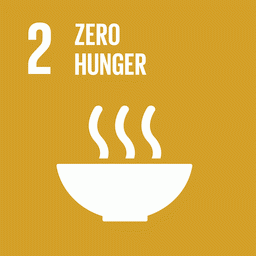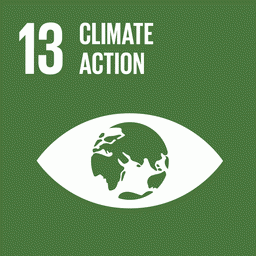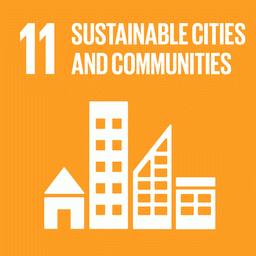Karina Custódio*
Patrícia Pinho presents an overview of adaptation policies and the actions needed to protect indigenous peoples in the face of the climate emergency.
The researcher is deputy director of Science at IPAM (Amazon Environmental Research Institute), a post-doctoral fellow in human ecology and leader of Brazil’s Fourth National Communication to the UNFCCC (United Nations Framework Convention on Climate Change), in the area of socio-environmental security.
Why is it urgent to speed up adaptation policies?21
The focus of Brazilian climate policies has always been on mitigation. All international discussions – whether at the UNFCCC or the IPCC (Intergovernmental Panel on Climate Change) – have always focused on reducing emissions, which in Brazil come mainly from deforestation in the Amazon.
The mitigation agenda is obviously important. But we have already crossed the 1.5º threshold, a critical point. A planet with this average temperature is already out of balance, more susceptible to climatic extremes.
For a long time now, we’ve had a white elephant in the room: the adaptation agenda. Governments have seen adaptation actions from the point of view of the economic cost – which is indeed considerable. At the same time, it competes with other agendas, such as reducing poverty and increasing development. Most Brazilian municipalities don’t even have a guide plan, let alone an adaptation plan.
Adaptation can no longer be postponed – especially in the Amazon, where it is a matter of climate justice.
The intensification of climate change generates severe impacts. When these impacts are not addressed with adaptation actions, they worsen. As a consequence, poverty, inequality and lack of access to rights are intensified with each climate extreme faced.
Each year without action increases this bottleneck. International reports show that Brazil and Latin America have one of the biggest adaptation gaps in the world.
What adaptation actions are needed to protect indigenous peoples?
Protecting the forest – which depends on protecting indigenous territories and their populations – is the main adaptation strategy. Guaranteeing the social and political rights of these peoples must be a priority, because this promotes a range of benefits.
I would also highlight the connectivity of the region. The Amazon is marked by hydrological cycles rather than by a significant increase in temperature.
It is necessary to design adaptive strategies that reduce the need for navigability during drier periods. Bringing medical care, access to health and education to the interior of the territories, reducing the need for these populations to navigate.
Do you believe that the high costs of adaptation are justified?
Yes, implementing adaptation strategies generates multiple benefits. At first, these strategies may seem like a lot of money, but you have to think in the long term. Given that economic resources are also lost in disasters, much larger amounts than those needed for adaptation, and the way in which disaster recovery takes place is not simple.
The more the consequences of climate change are not addressed, the closer we come to adaptive limits: losses caused by these extremes that are impossible to recover from. Human life and the loss of biodiversity are aspects that no financial resources can recover.
The Climate Adaptation Plan is being updated. In your opinion, has this update made progress compared to the previous plan?
Yes. The previous plan did not adequately cover indigenous and traditional peoples’ territories, in terms of monitoring, dangers and adaptive strategies.
This new revision has a section dedicated to indigenous peoples and another to traditional communities throughout Brazil. Naturally, there is an emphasis on the Amazon, because it has the greatest diversity and the largest proportions of indigenous territories and traditional peoples.
IPAM has accompanied this process as one of the reviewers. Our indigenous studies center is directly supporting the MPI (Ministry of Indigenous Peoples) in drawing up the Plan.



